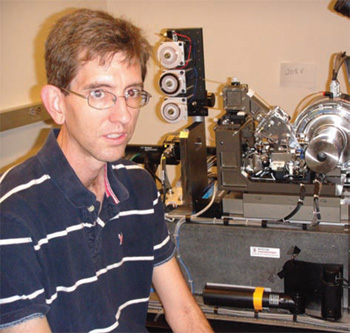CBC -The Nature of Things with David Suzuki - - The Nano Revolution: More than Human
This video apparently is only viewable in Canada. It is an excellent view of the future of nano technology at the "point of care" in medicine. It also has an excellent scenario of "post humans". It is worth watching just for the computer graphics effects on nanotechnology models.
The dire need to improve healthcare and health in the U.S. is a problem whose solution has evaded the brightest minds. The Qualcomm Tricorder
X PRIZE is a $10 million competition to stimulate innovation and integration of precision diagnostic technologies, making definitive health assessment available directly to “health consumers.” These technologies on a consumer’s mobile device will be presented in an appealing, engaging way that brings a desire to be incorporated into daily life. Advances in fields such as artificial intelligence, wireless sensing, imaging diagnostics, lab-on-a-chip, and molecular biology will enable better choices in when, where, and how individuals receive care, thus making healthcare more convenient, affordable, and accessible. The winner will be the team that most accurately diagnoses a set of diseases independent of a healthcare professional or facility and that provides the best consumer user experience. Visit the competition website to learn more.
This prize is made possible by a generous grant from the Qualcomm Foundation.
TRICORDER is a trademark of CBS Studios, Inc. Used under license.
X PRIZE is a $10 million competition to stimulate innovation and integration of precision diagnostic technologies, making definitive health assessment available directly to “health consumers.” These technologies on a consumer’s mobile device will be presented in an appealing, engaging way that brings a desire to be incorporated into daily life. Advances in fields such as artificial intelligence, wireless sensing, imaging diagnostics, lab-on-a-chip, and molecular biology will enable better choices in when, where, and how individuals receive care, thus making healthcare more convenient, affordable, and accessible. The winner will be the team that most accurately diagnoses a set of diseases independent of a healthcare professional or facility and that provides the best consumer user experience. Visit the competition website to learn more.
This prize is made possible by a generous grant from the Qualcomm Foundation.
TRICORDER is a trademark of CBS Studios, Inc. Used under license.










